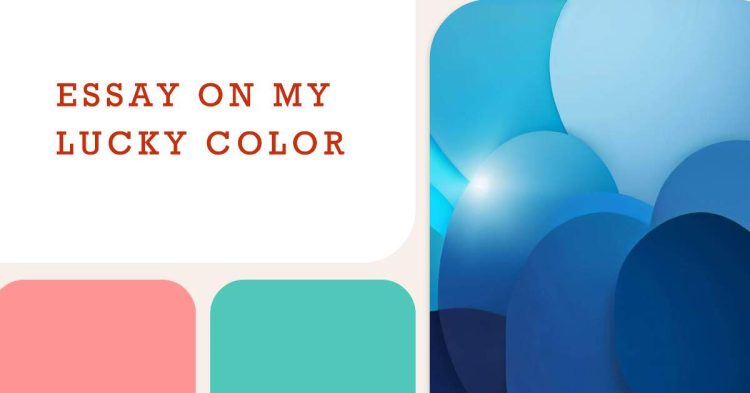Essay On The Impact of Color on Human Psychology
This essay explores the impact of color on human psychology, discussing how different colors can evoke various psychological responses and affect our mood, energy levels, and physical well-being. It delves into the categorization of colors into warm and cool tones, their association with specific emotions and moods, and cultural differences in their interpretation. The essay highlights the importance of understanding the impact of color in creating environments that promote specific moods or behaviors.
Essay About The Impact of Color on Human Psychology
The Impact of Color on Human Psychology
Colors play a vital role in our lives, influencing our emotions, behaviors, and perceptions of the world. Whether we are aware of it or not, the colors around us have a profound impact on our psychological well-being. In this essay, we will explore how different colors affect human psychology and the ways in which they can be utilized in various fields, such as marketing, design, and therapy.
One way color impacts human psychology is through its physiological effects. Research studies have shown that our reaction to color is partly based on the effects colors have on our eyes and nervous system. Each color produces different physiological responses in humans, bringing about unique changes as distinct as the color itself. For example, warm colors like red and yellow are known to increase heart rate and stimulate the senses, while cool colors like blue and green have a calming effect and can reduce stress and anxiety.
Beyond their physiological impact, colors are also associated with various emotions. This association can be both cultural and biological. Different colors are linked to different feelings and moods. For instance, red is often associated with passion, love, and energy, while blue is linked to calmness, tranquility, and trust. Green is commonly associated with nature, growth, and renewal. Different colors have the ability to elicit various emotions, from happiness and excitement to sadness and melancholy.
Moreover, colors can influence our behavior and perception of our surroundings. Although we may not always be conscious of it, colors set a theme or mood in a scene and can impact how we interpret and interact with our environment. For instance, warm colors like red and orange are often used in fast-food restaurants to create a sense of urgency and encourage quick dining. Meanwhile, cool colors like blue and green are commonly used in healthcare settings to create a calming and soothing atmosphere.
The impact of warm colors like red and yellow differs from that of cool colors like blue and green. Warm colors tend to be more stimulating and energizing, while cool colors have a calming and relaxing effect. Warm colors are often associated with excitement, passion, and warmth, making them suitable for attracting attention and creating a sense of urgency. Cool colors, on the other hand, are linked to tranquility, trust, and serenity, making them suitable for promoting relaxation and focus.
Cultural associations with different colors also play a role in their impact on human psychology. Colors can carry various meanings and symbolism across different cultures. For example, while white is associated with purity and weddings in Western cultures, it symbolizes mourning and death in some Asian cultures. Similarly, the color red can represent good luck and celebration in some cultures, but it may symbolize danger or warning in others.
Businesses and marketers have long recognized the power of color psychology and often use it strategically in their branding and marketing strategies. The colors chosen for a brand logo, packaging, or advertising can significantly influence consumer perception and behavior. For instance, the use of red in marketing can create a sense of urgency and encourage impulse buying, while green may convey a message of eco-friendliness and sustainability.
In conclusion, color has a profound impact on human psychology, influencing our emotions, behaviors, and perception of the world. Different colors are associated with different emotions and physiological responses, making them a powerful tool in various fields, from marketing to design and therapy. Understanding the impact of color on human psychology can help us use it effectively to create the desired mood and response in different settings. As we continue to explore the intricacies of color psychology, we gain valuable insights into the fascinating ways colors shape our experiences and interactions with the world around us.

Hello! Welcome to my Blog StudyParagraphs.co. My name is Angelina. I am a college professor. I love reading writing for kids students. This blog is full with valuable knowledge for all class students. Thank you for reading my articles.



